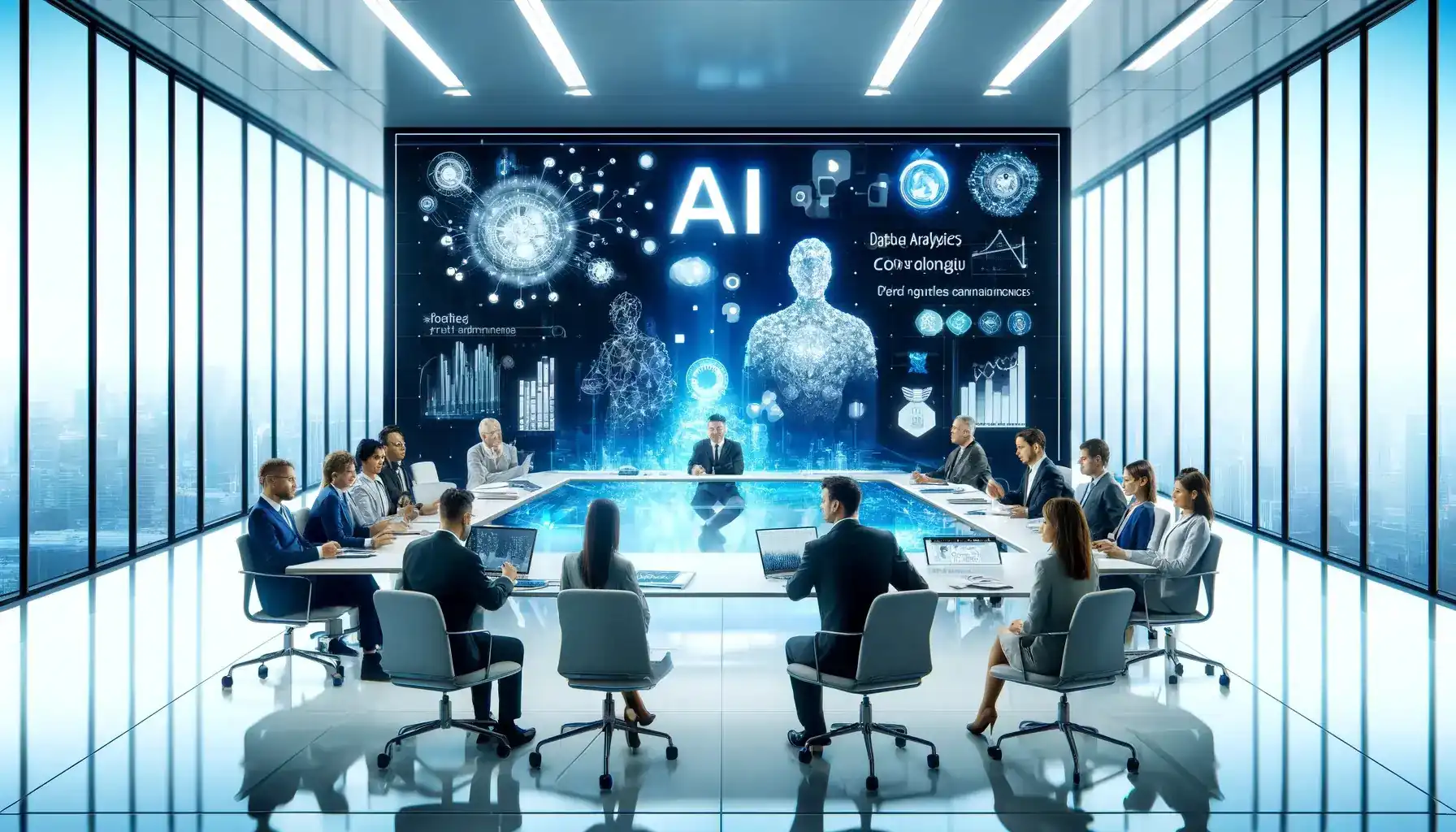
Back to Blogs
Navigating AI Transformation in Service Enterprises: A CIO/CTO's Guide
Article
As service enterprise CIOs and CTOs contemplate integrating Artificial Intelligence (AI) into their business processes, it is crucial to have a structured approach. This guide provides a detailed framework for embarking on an AI transformation journey, ensuring decision-readiness and optimal integration at every step.
Step 1: Mapping Out Workflows
Identifying and Detailing Business Processes
The initial and most crucial step in AI transformation is to identify your existing workflows. AI solutions should be tailored to fit seamlessly into these workflows. Begin by detailing all processes within your organization. The more meticulously you map these workflows and tasks, the better prepared you will be for AI integration.
For instance, consider a 'Marketing Campaign Creation Workflow.' It involves various tasks, one of which might be ensuring compliance of the content. This task, termed 'review task,' requires the Marketing Manager's approval, introducing a 'Manager' persona into the workflow. Additionally, it's essential to outline all systems and data involved, such as a Campaign Manager API system through which 'Campaign Content' data is posted.
Outcome: Clear visibility on where AI can be leveraged within your business processes.
Step 2: Pinpointing Opportunities for AI
Focusing on Repetitive and Low-Value Tasks
The next step involves identifying tasks within these workflows that are highly repetitive and of low intrinsic value. These tasks typically do not require advanced skill sets or deep cognitive thinking. Examples include sorting customer emails, creating tickets for issues based on content, checking for glossary term leaks, and conducting code reviews.
Outcome: Identification of potential areas where AI can add significant value.
Step 3: Preparing for Integration
Data, Policies, and System Readiness
A successful AI strategy hinges on your data readiness. Understand the data involved in each task, the policies governing them, and the security measures in place. This step is critical in ensuring that the AI solutions deployed can operate effectively and securely within your existing IT infrastructure.
Outcome: Clarity on the AI agents suited for specific tasks and the preparation required for their integration.
Step 4: Implementing AI Agents
Human-like Decision Making and System Reliability
Consider how an AI agent would function if it were human. Pinpoint the critical decisions embedded in the workflows and base them on empirical data. Integrate evaluation mechanisms to assess the accuracy of these decisions, along with reconcilers to verify outcomes. This step aims to equip your AI systems with the reliability and precision necessary for successful adoption.
Outcome: Establishment of a reliable and measurable AI system, with metrics to track its success.
Key Pointers for AI Strategy
Effective Scaling and Augmentation
Your AI strategy should begin on a small scale to manage risks effectively. Measure the success of initial implementations rigorously before scaling up. Additionally, view AI not just as a replacement for human effort but as a tool to augment the capabilities of your employees, enhancing overall productivity and efficiency.
Conclusion
Embarking on an AI transformation journey is a strategic decision that requires careful planning and execution. By following this framework, service enterprise CIOs and CTOs can ensure that their AI initiatives are both successful and sustainable.
We are eager to hear your thoughts and experiences with AI in enterprises. What strategies have you found effective?
Related Blogs

Technology
24 Dec 2024
A Step-by-Step Approach to Automate Workflows with Cloud AI
Learn how to automate workflows using Cloud AI to improve efficiency, reduce errors, and enhance decision-making in your business.

Technology
24 Dec 2024
Cloud-Based Generative AI: 10 Ways to Transform Business
Discover how cloud-based generative AI is revolutionizing business operations, enhancing customer experiences, and driving innovation.

Technology
24 Dec 2024
Turning Conversations into Conversions: Conversation AI Solutions That Drive Business Results
Explore how conversational AI enhances customer engagement, streamlines operations, and drives sales growth for businesses in the digital age.